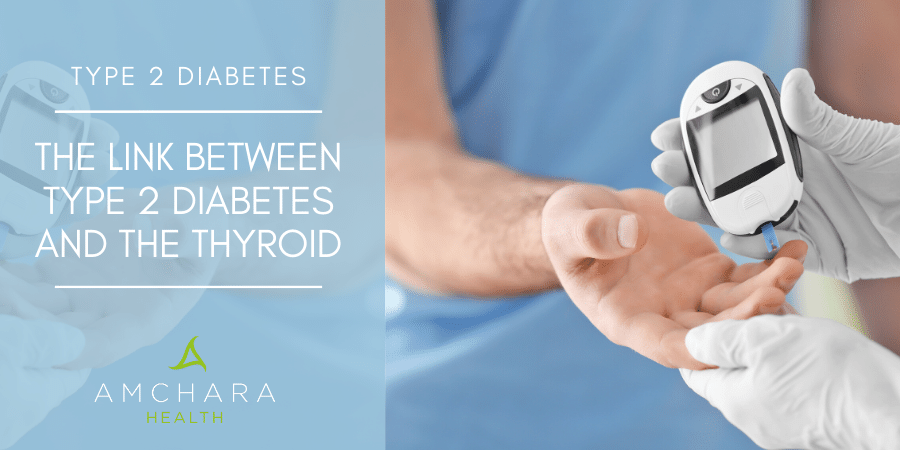The festive period is a time to celebrate, indulge and spend time with loved ones. Food and drink intake over the Christmas and New Year period can be significantly higher than at other times of year and calorie, fat and sugar consumption often rise. In fact, the average person on Christmas Day is estimated to eat almost 3 times the daily recommended number of calories.
Managing conditions like Type 2 diabetes can be tricky over the festive period and in this article we reveal 7 top tips to ensure a healthier festive holiday.
The build up
It can feel as though the festive season begins earlier and earlier each year and Christmas parties, family get togethers and meals with friends may start long before December even arrives. Add to this the fact that there are many temping treats on offer in the shops and indulgence may begin early.
Tip #1 – Be prepared
Keeping blood sugar stable is key for the management of Type 2 diabetes and planning ahead is a necessary step to avoid blood sugar fluctuations. During the build up to Christmas and New Year be aware of situations where you may need to be prepared.
If an office party or work-related meal is planned, then seek out the menu early and choose options that are more suited to balancing blood sugar. A protein rich meal slows digestion and allows for the energy to be released more evenly (1).
Good sources of protein include fish, eggs, chicken, turkey, lentils, beans and nuts. A hearty nut roast or lean turkey breast with plenty of dark green vegetables is a better option than a creamy pasta dish. If you can’t see anything suitable, contact the restaurant and explain your dietary requirements – amendments to the menu may be possible.
Festive menus are often laden with sweet treats and as a Type 2 diabetic it is advisable to avoid these completely.
If the office party is likely to be a ‘beige buffet’, saturated with carbohydrate rich foods like sausage rolls, vol au vents, pasta salads, cheese straws, bruschetta, mince pies and shortbread then take an alternative with you. Don’t feel embarrassed about bringing your own food – many people have specific dietary requirements meaning they have to be prepared.
Tip #2 – Be mindful of what you drink
Alcohol can play a large role in festive celebrations and the odd drink here or there may creep up to several times a week in the run up to Christmas and New Year. Alcohol can significantly influence blood sugar levels and may lead to hypoglycaemia if taken alongside anti-diabetic medication (2). This effect is more pronounced if you drink alcohol on an empty stomach.
Alcohol also contains more calories per gram than carbohydrates – not good for the waistline. Maintaining a good body weight is essential for management of Type 2 diabetes.
It can be tempting to replace alcohol with fresh juices, mocktails or artificially sweetened beverages but these also have an impact on blood sugar levels, insulin secretion and glucose tolerance (3).
Water is one of the best drinks, but if you find it boring try flavouring it with sliced fresh lemons, limes or oranges and served hot or cold. A cup of Christmas tea, based on rooibos and flavoured with cinnamon, cloves, ginger and orange, is a warming replacement for mulled wine.
Tip #3 – Stay active
Regular exercise and physical activity primes your body’s cells to be more responsive to the actions of insulin. Insulin resistance is a key feature of Type 2 diabetes and increasing sensitivity to insulin can aid management.
With so many festive celebrations and long ‘to do’ lists prior to Christmas it can be easy to let your regular activity levels fall. Maintaining aerobic exercise at least three times a week and adding in resistance exercise twice a week ensures not only your blood sugar is balanced but body weight is stabilised.
Use the festive period as an excuse to take part in a themed charity fun run – there are plenty of ‘Santa runs’ across the country to join. Get friends and family to take part with you and make it an annual event.
If it isn’t entirely possible to keep up your regular fitness routine then make an effort to walk more, take the stairs, cycle to work in the fresh crisp air or try some high-intensity exercise. High-intensity interval training (HIIT) takes less time but brings many health benefits, including improved blood sugar control and insulin sensitivity (5).
The big day
Once Christmas Day and New Year’s Day have arrived you may be tempted to join in with the abundance of rich, indulgent food and drink. Aim to avoid this temptation – making simple swaps can ensure Type 2 diabetes is kept under control.
Tip #4 – Have a balanced breakfast
Start the day as you mean to go on and ensure you eat a protein rich breakfast to support good blood sugar control right up until lunchtime (6). Scrambled eggs with smoked salmon and spinach or poached eggs with asparagus are a great way to start your day. Vegetarian or vegan options include scrambled tofu or buckwheat and pea protein pancakes.
Tip #5 – Just say no!
As a Type 2 diabetic, being surrounded by cakes, sweets, chocolates and biscuits can be challenging. If you are at home, don’t keep any sweet treats visible and if you are away with friends and family let them know in advance the sorts of food you will not be eating. Exercise the right to say no if sweet treats are offered. Be strong and remind yourself why you are avoiding sugary foods. Choose healthier snacks and crack open some fresh walnuts, Brazil nuts or roast some chestnuts.
Tip #6 – Feast wisely
Traditional festive lunches or dinners can be extravagant and laden with delicious, rich foods. Having Type 2 diabetes does not mean that you should miss out on good food – making simple swaps and wise choices will ensure your festive meal is enjoyable and healthy.
Roast or mashed potatoes release their energy quickly, try to roast potatoes in their skin or have a small amount of mashed sweet potato instead. If you have problems with unstable blood sugar, then replace them with another vegetable.
Keep root vegetables to a minimum. Parsnips, carrots, turnips and swede are higher in starch which again releases energy faster than other vegetables.
Fill half your plate with vegetables such as broccoli, cauliflower, kale, Brussels sprouts, green beans, artichoke, asparagus, leeks, okra, squash, aubergine, spinach, courgette and cabbage. These contribute fibre and contain less carbohydrate than other vegetables. On top of that, they contain many health supporting nutrients; eating dark green leafy and cruciferous vegetables regularly has been shown to be supportive of Type 2 diabetes.
Opt for a lean protein source to keep fat content low. The traditional turkey feast is low in fat (as long a it isn’t basted in butter) and provides good protein, supporting healthy blood sugar balance. Avoid using the juices from the roasted meat to make gravy as the fat rolls off the meat into the bottom of the pan. If turkey is off the menu then chicken, a nut roast or a tofu based roast are good alternatives.
Swap pigs in blankets and sausage meat stuffing for a chestnut, herb and wholemeal breadcrumb version to significantly reduce fat and calorie intake.
Allow yourself a little tipple with your meal. Although alcohol impacts blood sugar negatively, having a low carbohydrate drink such as gin, vodka or champagne with your meal lessens the impact. Avoid sweetened mixers and don’t overdo it.
Tip #7 – Skip pudding and post dinner treats
Christmas pudding, Christmas cake, mince pies, trifle and chocolate logs are laden with sugar and fat and are not beneficial to your health, particularly in Type 2 diabetes. If you feel Christmas isn’t the same without a sweet treat after the main course, enjoy a high quality dark chocolate – the higher the percentage of cocoa the better.
Due to recent advances in chocolate making and consumer demand, there are many delicious, velvety smooth, organic and Fairtrade dark chocolates available. Dark chocolate is rich in beneficial polyphenols and also contains magnesium – an essential mineral for cardiovascular health and energy. A little dark chocolate can actually be good for you.
Takeaway
The festive period needn’t be detrimental to your health, it is possible to enjoy the celebrations in a healthier way and manage Type 2 diabetes. Make some small changes this year and improve your health.
If you have Type 2 diabetes and would like to find out more on how to make nutritional and lifestyle changes to improve or potentially reverse the condition, a personalised one to one consultation with and experienced Personalised Health Practitioner can help.
We’re dedicated to providing you with insightful information and evidence-based content.
Did you find this article useful? We would love to know your thoughts.
With your comments we’d love to continue the conversation.
Let us know your top festive tips to stay healthy with Type 2 diabetes.
Read this next:




